The Austrian art historian Alois Riegl first discussed how past experience shapes our enjoyment of – contempt for, or boredom with – a work of art. In 1900, he introduced the idea, later called the ‘beholder’s share’, that a viewer brings personal meanings to a work, and this interplay makes all art a collaboration between artist and audience. Today, neuroscience shows how our experiences actually shape our perceptions, as the brain uses the past to make sense of the outside world. In this animation, produced for the Future of Storytelling summit in 2018, the UK cognitive and computational neuroscientist Anil Seth discusses how this ‘predictive perception’ is central to our experience of art, and why art that intrigues and engages us tugs at the fringes of past experience.
On the ‘beholder’s share’ – how past experience influences our perception of art
Production: Lazy Chief
Animators: Steve West, Thomas Kilburn

videoNeuroscience
How perception leaves the door open for augmented reality to transform our world
4 minutes

videoArt
What does an AI make of what it sees in a contemporary art museum?
15 minutes
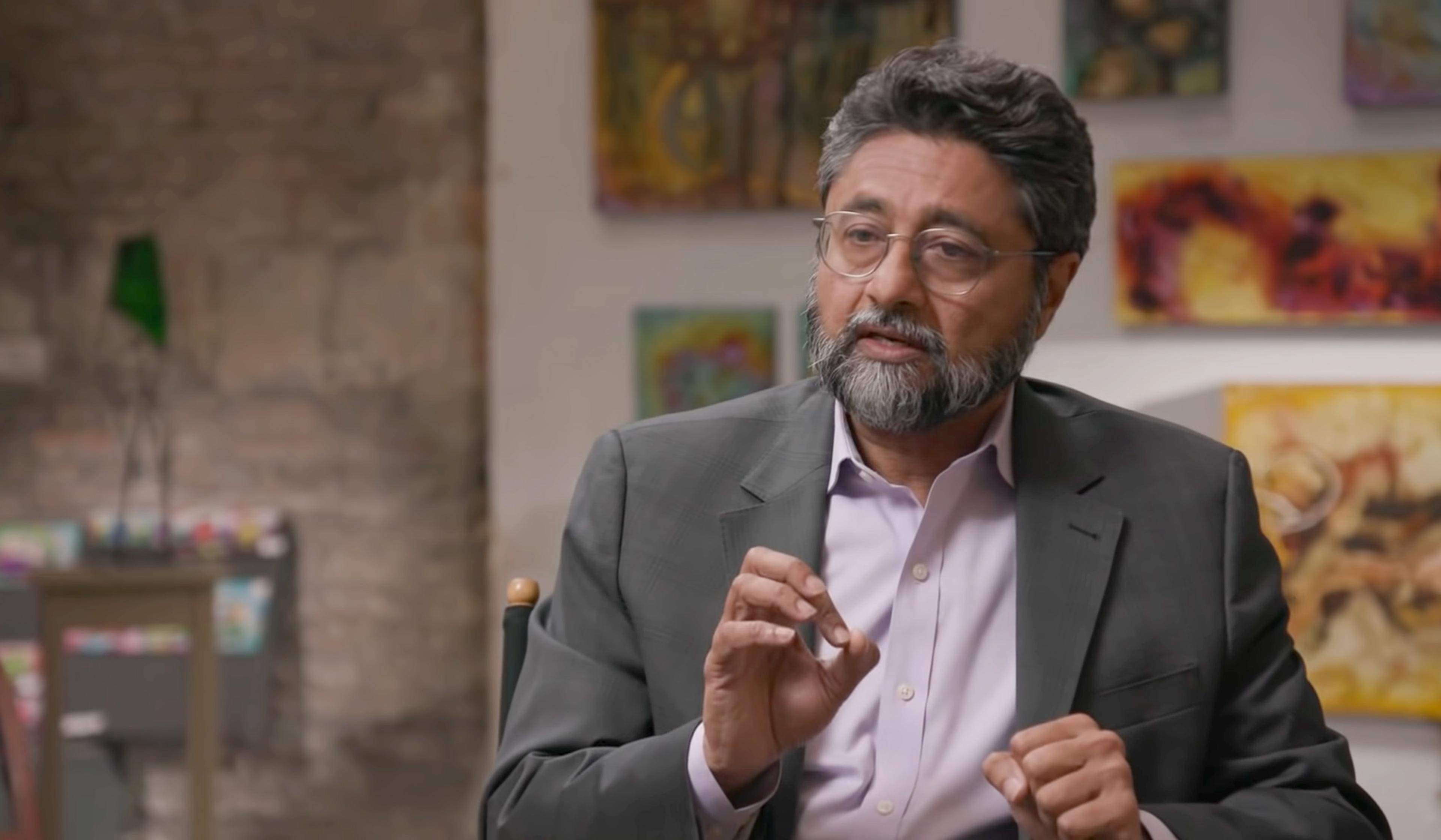
videoNeuroscience
Artists can flourish after brain damage. What does this say about neurology and aesthetics?
7 minutes
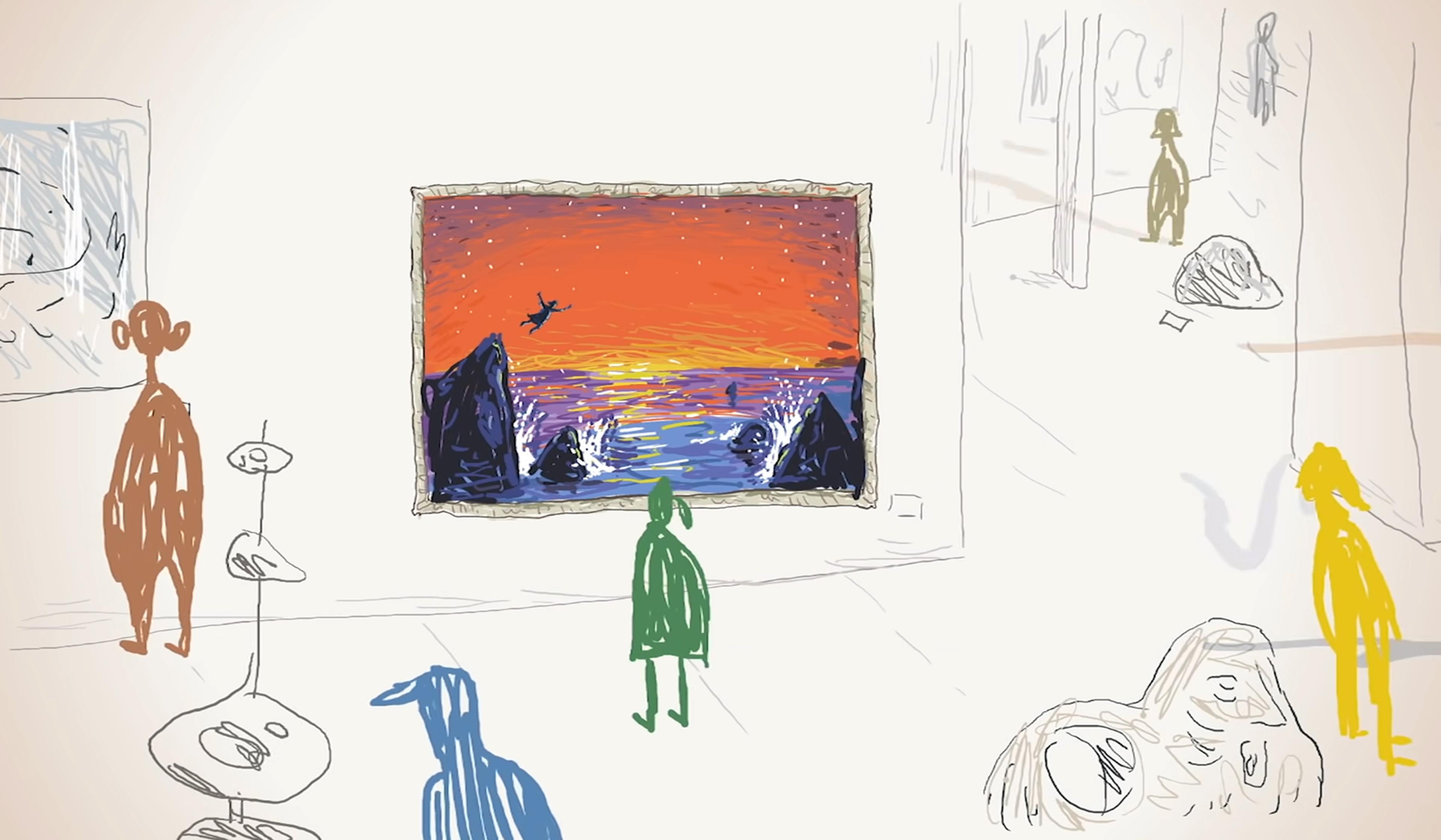
videoBeauty and aesthetics
Does the artist’s intention matter, or is it indeed all in the eye of the beholder?
4 minutes

videoNeuroscience
What will we do when neuroimaging allows us to reconstruct dreams and memories?
4 minutes

videoKnowledge
Can you know everything about colour if you see in black and white? A thought experiment
5 minutes
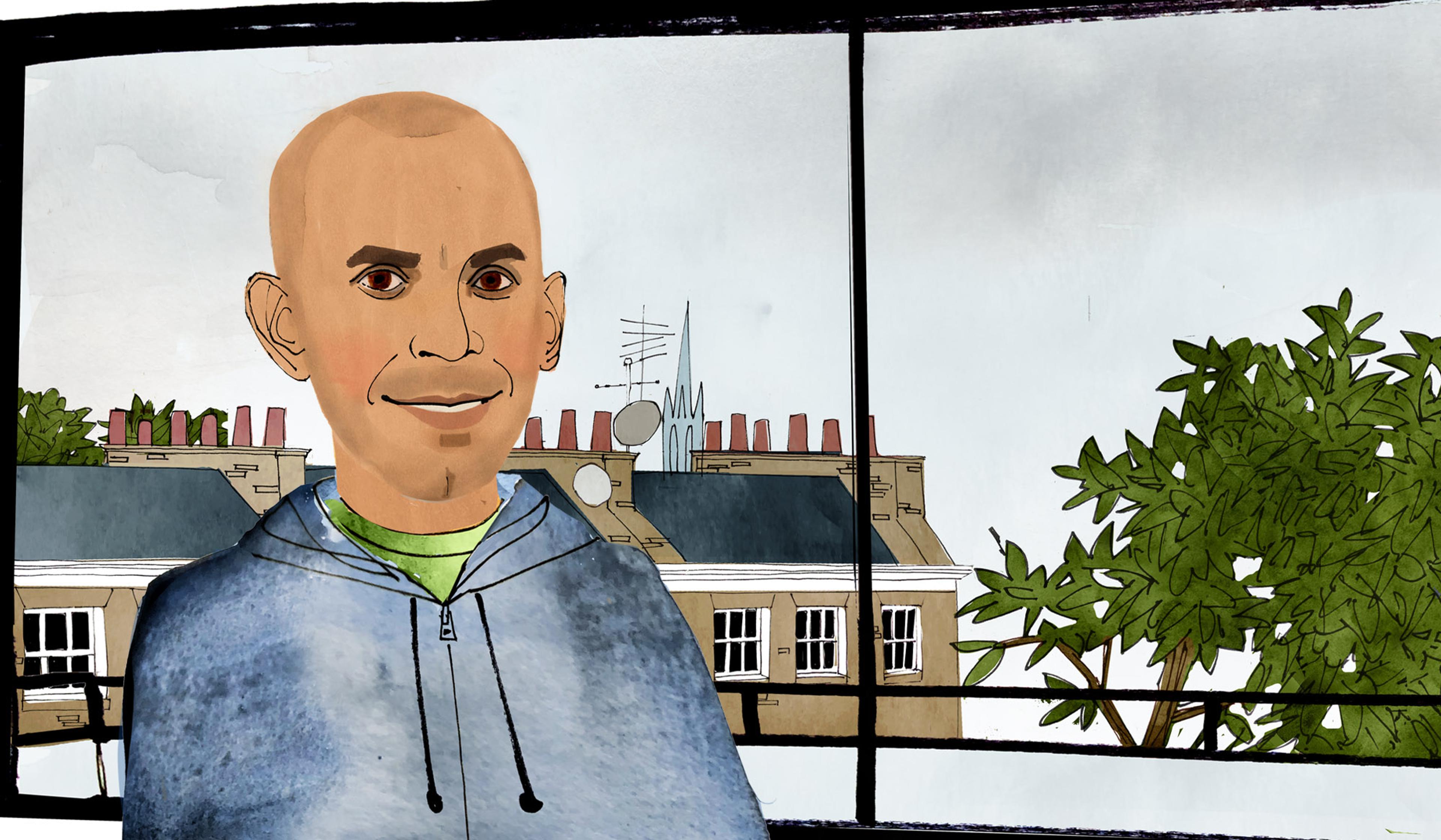
videoPhilosophy of mind
Anil Seth on why our senses are fine-tuned for utility, not for ‘reality’
10 minutes
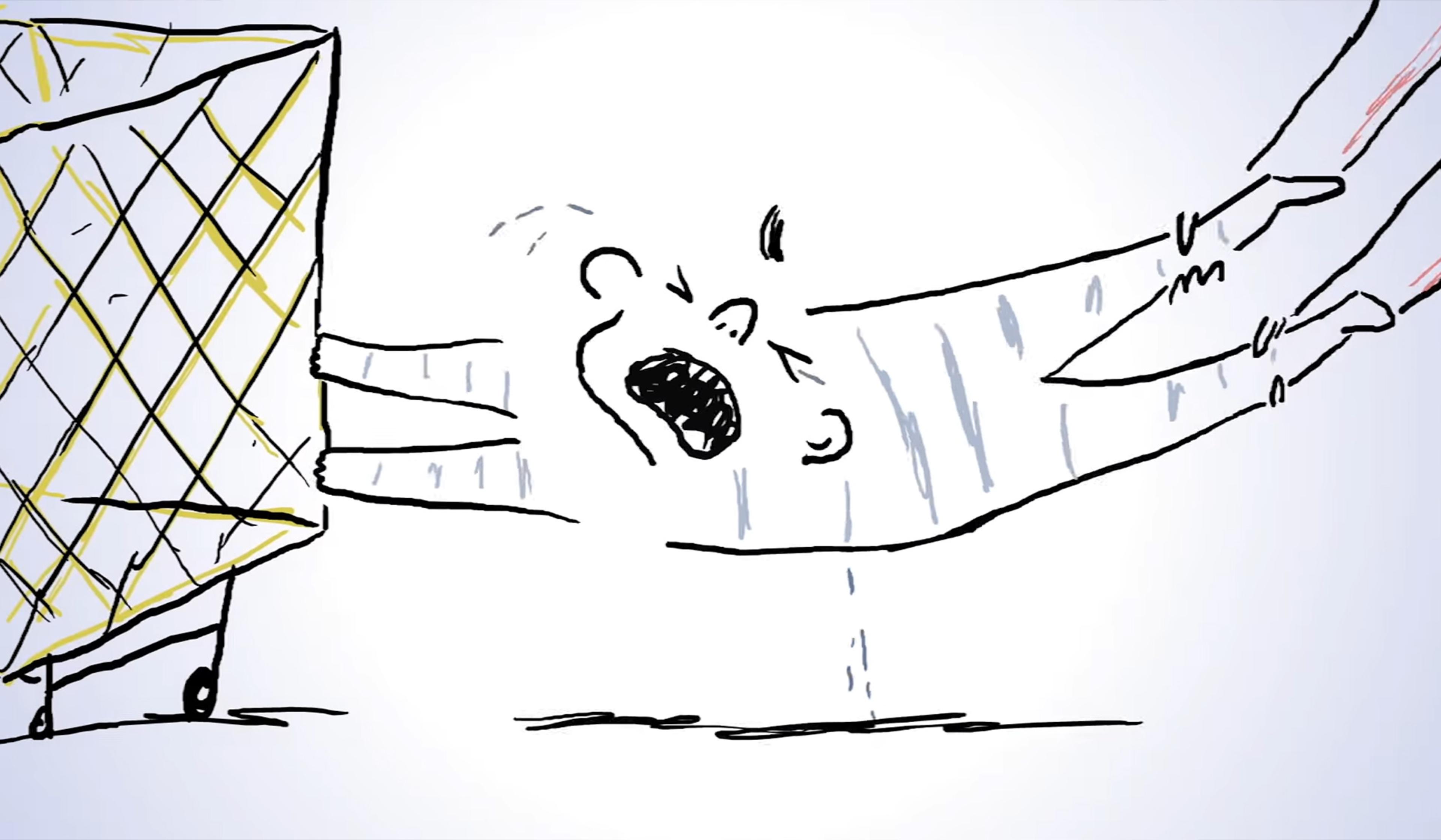
videoSocial psychology
Feeling connected to objects is a fundamental – and fraught – part of human nature
5 minutes
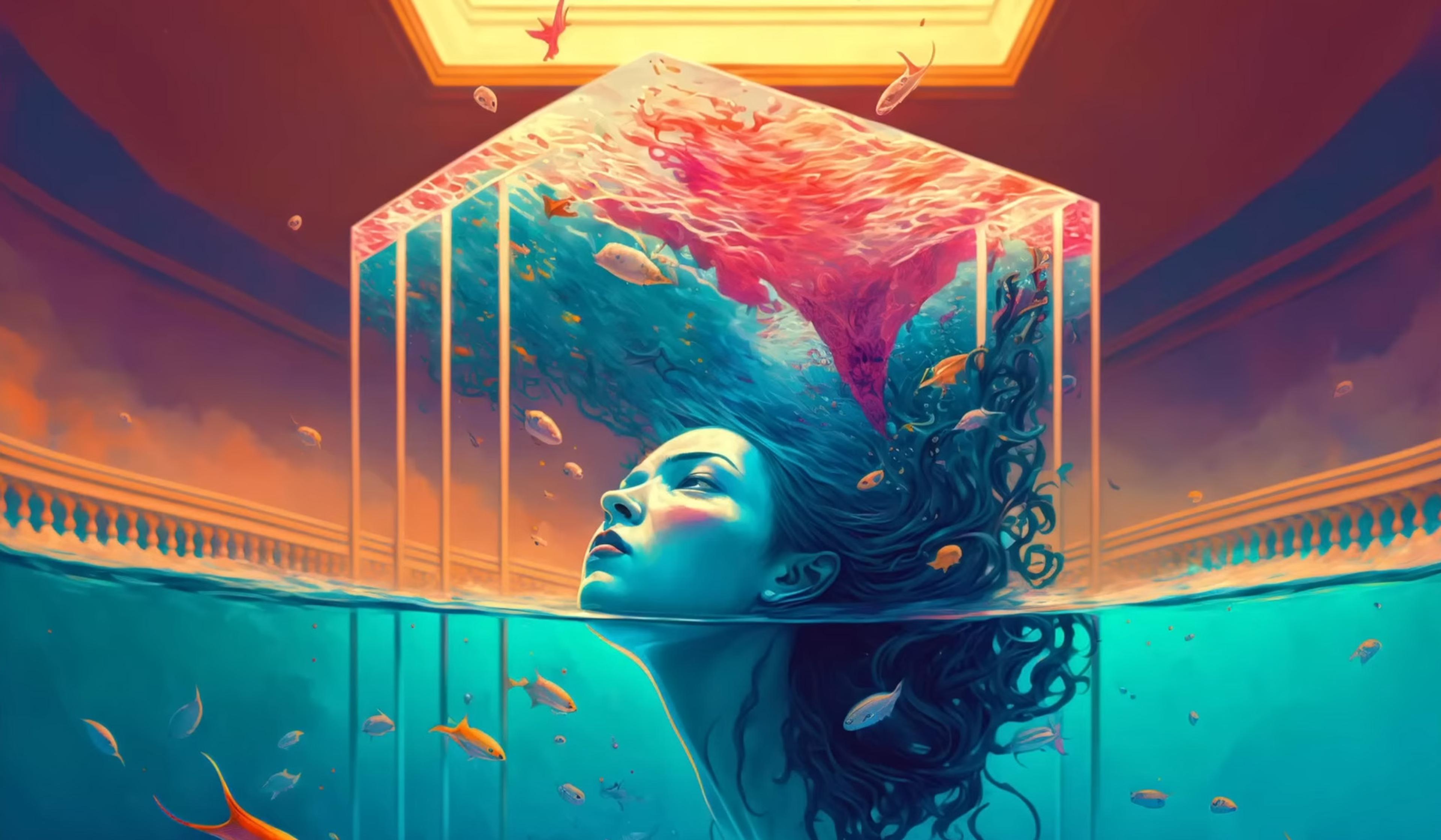
videoFuture of technology
Artificial ‘creativity’ is unstoppable. Grappling with its ethics is up to us
23 minutes